Ukraine's Scythe Drone Is All About Striking Far Away As Cheaply As Possible
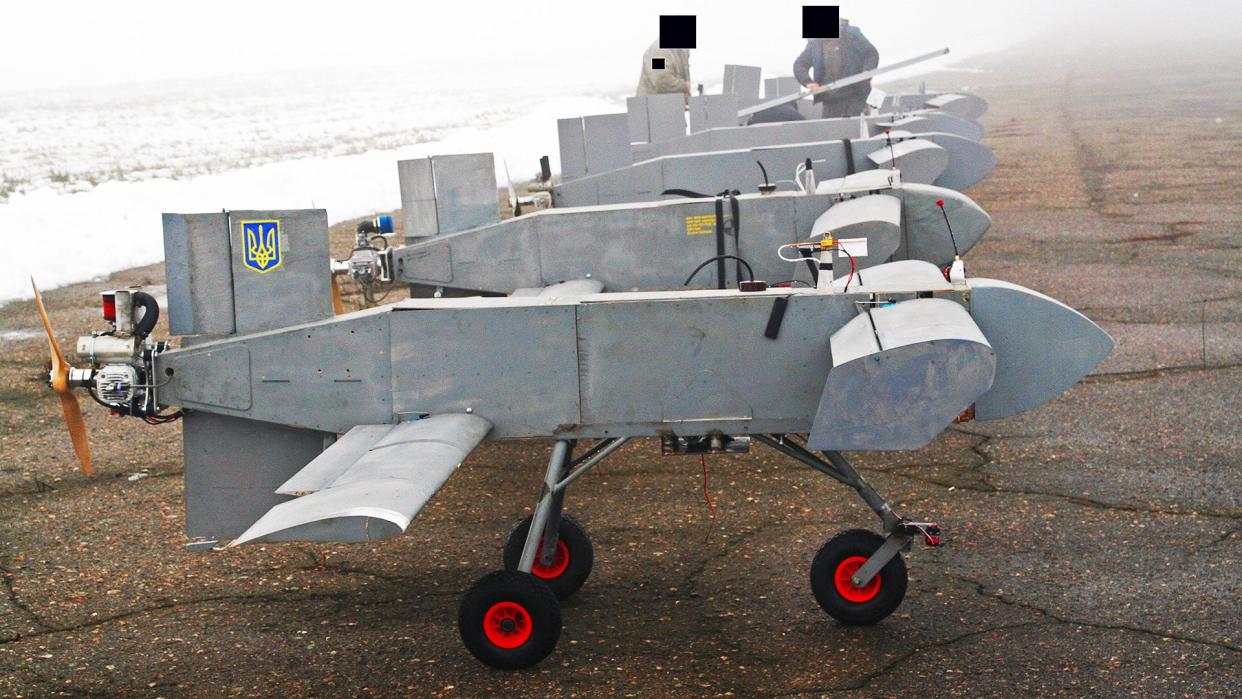
The Ukrainian military has received an initial batch of a new kind of relatively low-cost, long-range, one-way attack drone. While it's just one of a number of types in various stages of development or operation intended to hit targets deep inside Russia, it provides a good example of how Ukraine is doing anything it can to gain long-range strike 'combat mass' and evolving what is still a relatively new weapons frontier in the process.
Terminal Autonomy, formerly known as One Way Aerospace, recently announced news of the delivery of its AQ 400 Scythe drones, alongside plans to drastically scale up production in the near future.
David Hambling at Forbes recently wrote an article on Scythe that detailed the company's full-rate production ambitions. "Our goal is to produce 1,000 units monthly," cofounder Francisco Serra-Martins said, "but it is not realistic to scale in just one quarter." Initial production capacity stands at 100 units a month, with 500 a month being the plan in the near term, and 1,000 a month being the ultimate target.
Founded at the end of 2022 as a start-up by Francisco Serra-Martins and James Earl — Canadian and British military veterans — and Roman Antonov, a Ukrainian engineer, the company is "dedicated to meeting the changing needs of modern warfare" by offering "simple, affordable, and disposable [uncrewed] solutions deployed in high quantities."
https://twitter.com/terminal_AI_Inc/status/1735015877228048546?s=20
A "no frills... payload delivery system," the company notes, Scythe boasts a forward and rear set of wings connected to a rectangular fuselage. It's capable of being launched under its own power via tricycle gear from short strips. It can be sent on its way via catapult or by small rocket boosters. The drone has a wingspan of seven-and-a-half feet and a maximum takeoff mass of 220 pounds. A small gas engine and propeller mounted at the back provides thrust.
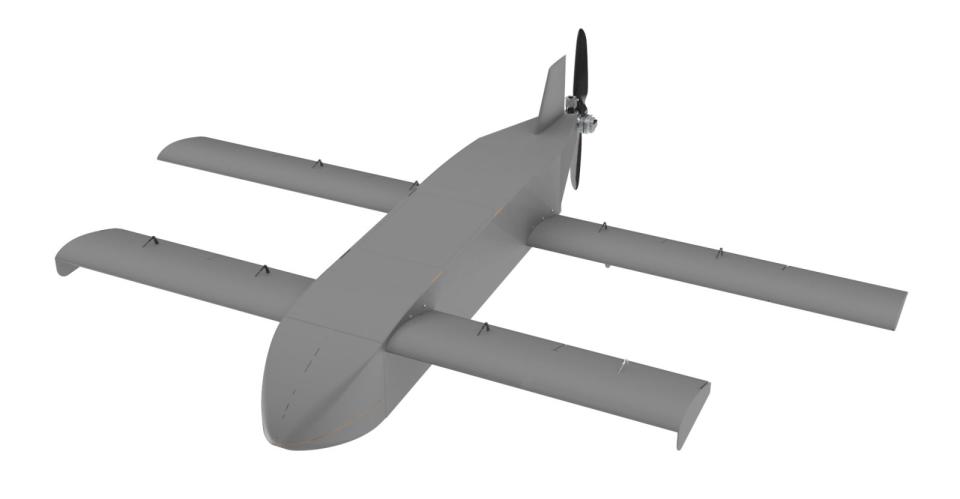
Scythe's tiny logistical footprint and low weight are meant to make its assembly and deployment a breeze for operators compared to larger, more cumbersome long-range drones, taking just "a matter of minutes to prepare and launch," according to Terminal Autonomy.
https://www.youtube.com/watch?v=-ZiXjVji5Kg\u0026t=13s
The drone can carry a total payload of 94 pounds, and typically carries a 42 kilogram warhead similar to those used by Iranian Shahed 136 loitering munitions employed by Russia. Serra-Martins has indicated that a standard payload for the drone consists of a thermobaric warhead or a pair of 122mm artillery rounds.
On top of this, it's also capable of transmitting video to operators, as an optional add-on, allowing for specific targets to be pinpointed. However, this is only possible within radio line-of-sight between the drone and its operator, otherwise, the drones are autonomously flown by autopilot.
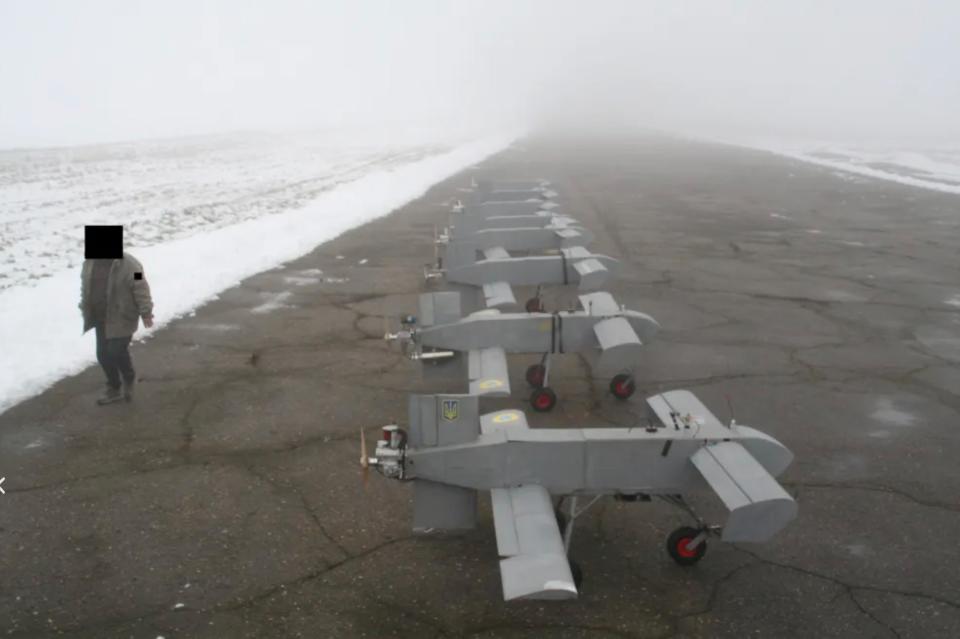
Scythe can achieve cruising speeds of some 144 kilometers per hour (around 89 miles per hour) and top speeds of 200 kilometers per hour (around 124 miles per hour). Scythe has a maximum endurance of six-and-a-half hours, while its maximum range is at least 750 kilometers (466 miles), with some reporting suggesting the figure is in fact somewhere in the region of 750-900 kilometers (between 466 and 559 miles).
Significantly, this puts large portions of western Russia, as well as all of occupied Crimea, within striking distance from well-within Ukrainian-controlled territory. The company has made no secret of the fact that the drones are capable of striking the Russian capital, having recently released footage of the systems taking off with the caption 'To Moscow.'
https://twitter.com/terminal_AI_Inc/status/1736058531122495500?s=20
According to Terminal Autonomy, the system represents a "price point for cost per kilogram payload delivered to the target previously inconceivable over distances of 750km."
"Scythe is the culmination of… efforts to offer strategic capabilities at the very lowest prices," it notes. As per the company's older One Way Aerospace website, the system's starting cost is $25,999 USD. However, more recent figures suggest that the baseline configuration costs as little as $15,000 USD, with additional features potentially raising the figure to around the $30,000 mark. This is a similar cost range to the Iranian-designed Shahed-136 one-way attack munition.
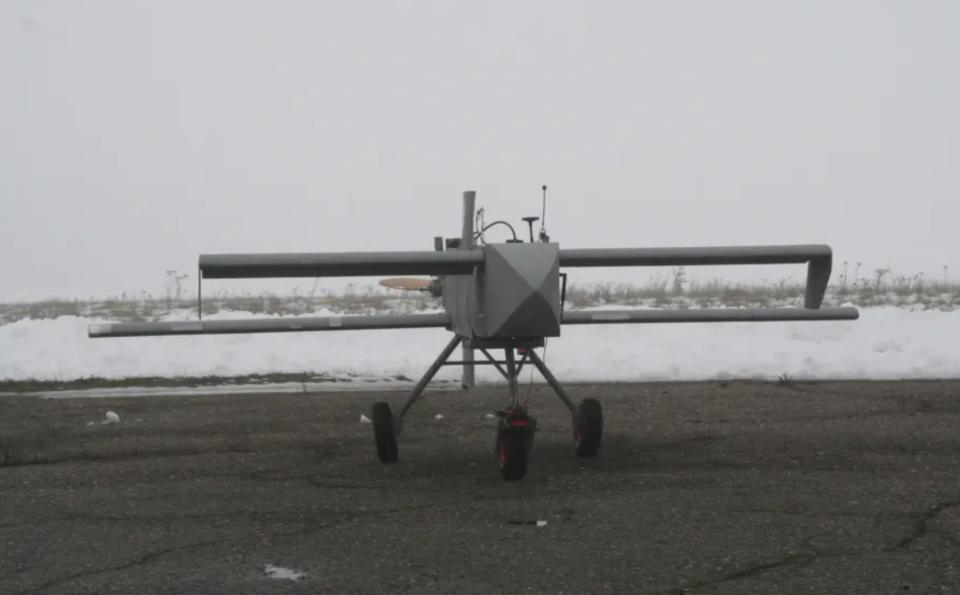
As noted earlier, like its shorter-range UAVs, including the AQ-100 Bayonet drone and AQV-150 Scalpel first-person view suicide drone, the company intends for Scythe to be massed-produced on an increasingly large scale
The choice of materials used for its construction allows for the drone to be offered at cheaper price points and in greater numbers. The fuselage itself is made from milled sheets of plywood from Ukrainian furniture factories, which, Terminal Autonomy suggests, represents a more scalable alternative to 3-D plastic printing. It's been reported that technical training is not required to manufacture the drones, allowing them to be made at scale without skilled labor.
It was in response to Ukraine's need for large volumes of cheaply produced, disposable drones that spurred the founders of the company to action back in 2022
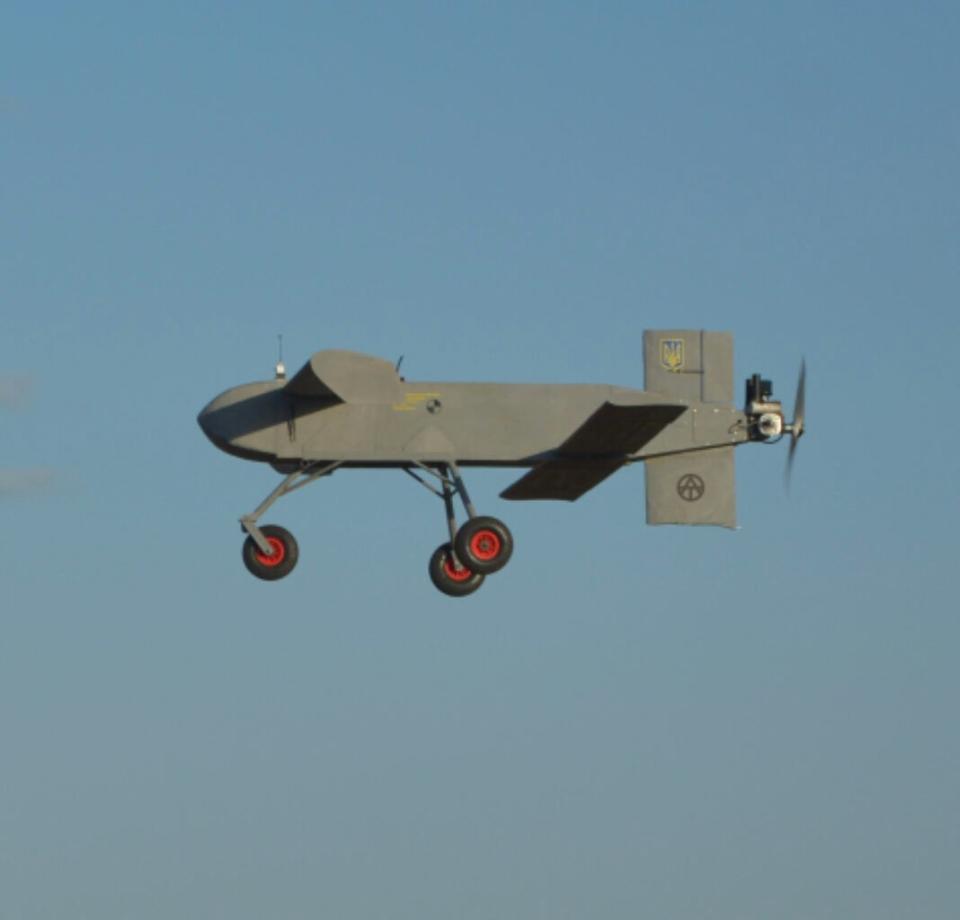
"Our mission was created after we saw a direct market-need to procure systems that are simple, affordable, and disposable from a commercial basis," Earl told Defense News earlier this year. "We thought to ourselves, the only way this concept was going to work was if we saw our products not necessarily as precious assets, but more so in the same way that cruise missiles are seen."
Long-range kamikaze drones have been used by both sides of the conflict in Ukraine. Ukraine first used drones that were adapted types bought off Alibaba as vengeance weapons just a matter of months after Russia's full-on invasion began. These weapons were critical for striking back at Russia inside its borders and were used repeatedly for long-range strikes into Crimea as well as Russia. As the war has continued on, Ukraine has developed multiple long-range Kamikaze drone types that were creeping their way towards Moscow until the Russian captial was within reach. Still, these strikes have been very limited in recent months, likely as Ukraine needs to focus more on degrading Russia's actual warfighting capabilities over symbolic attacks.
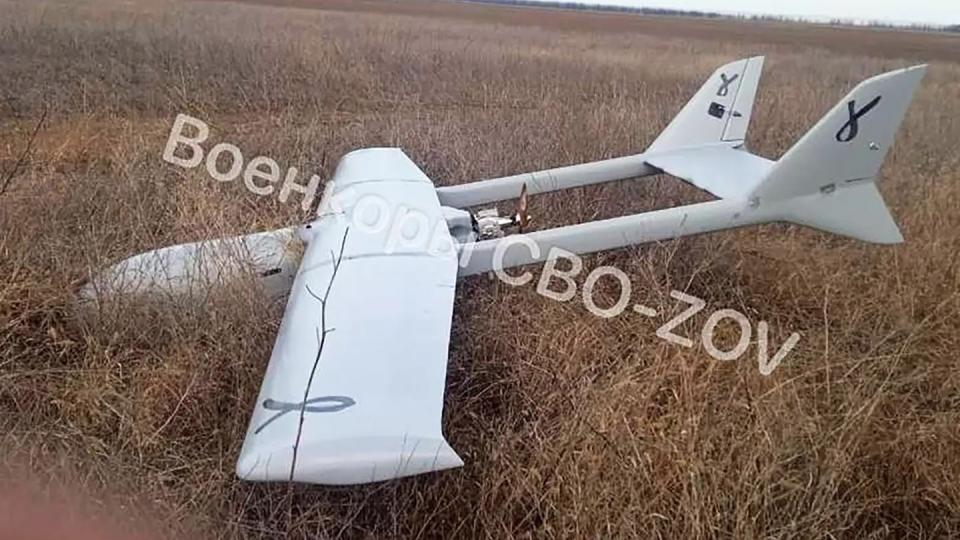
Even today, with advanced Western cruise missiles in its arsenal, Ukraine is limited to using those weapons against targets outside of Russia's internationally recognized borders. So Ukraine has to figure out ways to execute such strikes without them. This has resulted in a boom in long-range attack drone and missile development. Now, both Russia and Ukraine are doing everything possible to rapidly increased drone production of all types.
According to Oleksandr Kamyshin, Ukraine's minister of strategic industries, more than 100 companies are now manufacturing tens of thousands of drones a month to keep up with demand. Scythe is just one of them.
But if Ukraine can produce thousands of Scythes a month, they could rain down on targets far behind the front lines. The kinds of volumes Scythe could offer, if Terminal Autonomy delivers on its production and cost goals, could allow them to be used in constant flock attacks. Doing so would overwhelm and deplete Russia's air defenses. Air defense sites themselves and airfields would be top targets, as well as more strategic and symbolic ones very far from the front lines.
So, Scythe could provide a model for the future of high-volume long-range kamikaze drone capabilities, where putting a warhead in the air on its way to a target, and hopefully impacting that target, at the very lowest possible cost becomes the only design driver.
As they say, 'quantity has a quality all its own,' and when it comes to drone warfare, that quality is rapidly becoming a necessity, not a feature.
Contact the author: oliver@thewarzone.com and tyler@thedrive.com

